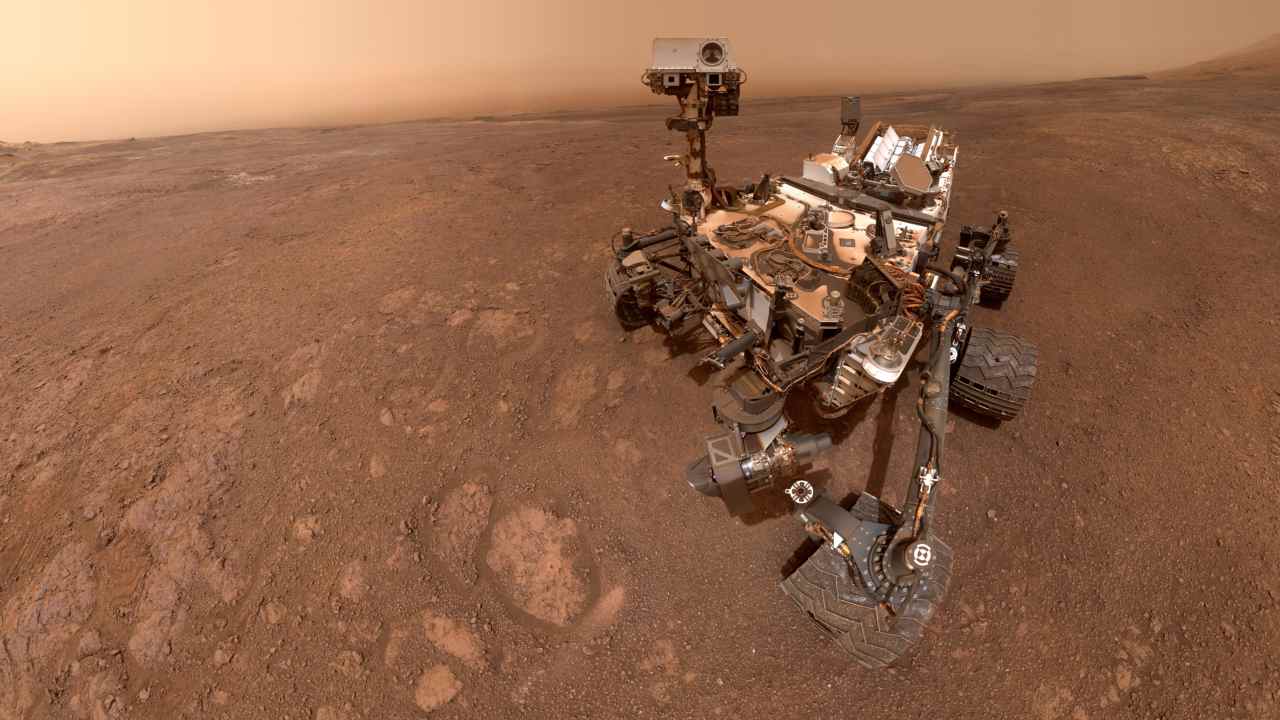NASA’s Curiosity rover on Mars has made yet another discovery about the Red Planet – it has methane gas on it. While that is not new, it is the first time it has been found in such large amounts – about 21 parts per billion units by volume (ppbv). The findings have come from the tunable laser spectrometer that is onboard the rover. The spectrometer is
one of the three instruments that make up the Sample Analysis at Mars (SAM).
Microbial life is an important source of methane on Earth, it comes from anaerobic microbes called methanogens that are also present in the guts of cows, but also found in the decay of plant matter and other biological processes in places like wetlands. Hence, the presence of methane on Mars could indicate that there is life on the Red Planet. However, it is possible that methane exists because of the interaction between water and the rocks. Or it could be because of geology. Volcanoes produce a lot of methane and while there is no active volcano on Mars, it is possible it was trapped inside the ground and is being released slowly. [caption id=“attachment_5983511” align=“alignnone” width=“1280”] Representational image. Image courtesy: NASA/JPL[/caption] SAM Principal Investigator Paul Mahaffy of NASA’s Goddard Spaceflight Center in Greenbelt, Maryland said: “With our current measurements, we have no way of telling if the methane source is biology or geology, or even ancient or modern.” There is no way to know where the methane is actually coming from either because Curiosity has no instrument that can find that out. NASA has detected methane over the course of the mission. When Curiosity first landed on Mars, there were no signs of methane, but in 2013 there was a sudden spike. It seems that the rise and fall of methane gas is seasonal but the scientists at NASA do not have enough information on the reason yet. In a
press release, NASA said, “Curiosity’s scientists need time to analyse these clues and conduct many more methane observations.” They are also looking into collaborating with the European Space Agency’s (ESA) Trace Gas Orbiter that has been in orbit since 2016 but has not detected any sign of methane.
There are two options for the cause of the gas: Microbes or the interaction between water and rocks.
Advertisement
End of Article


)
)
)
)
)
)
)
)
)



